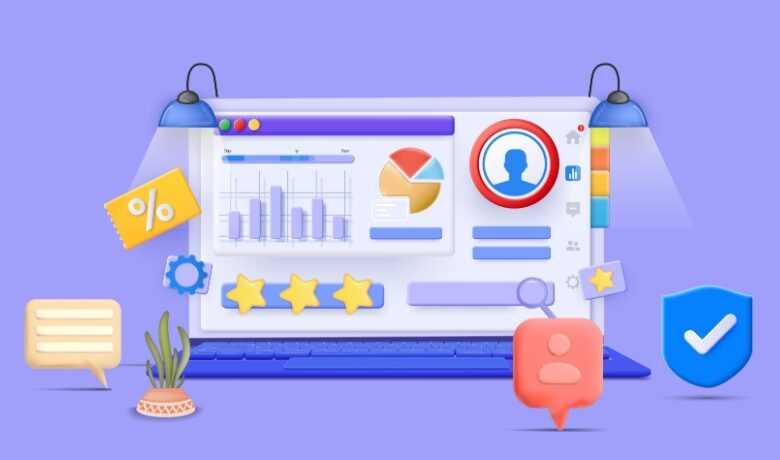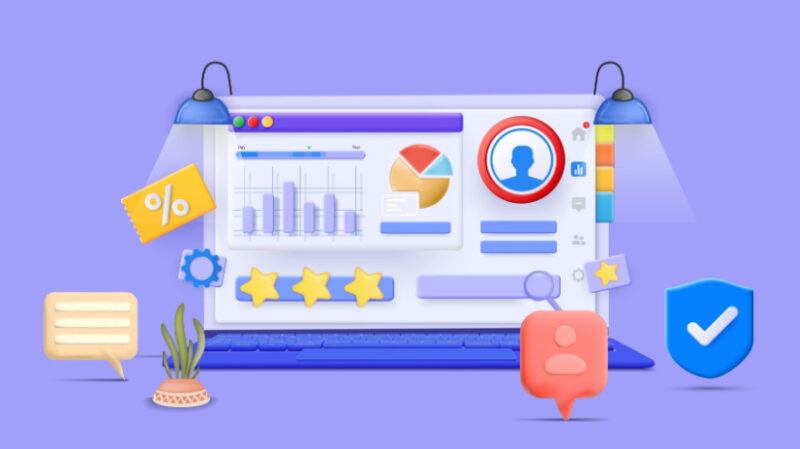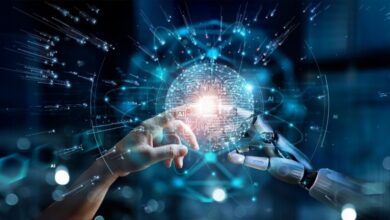2024 Trends: AI-Powered Learning Analytics


What Does AI Bring To Learning Analytics?
As Learning and Development continues to rapidly evolve to meet learner needs, the intersection of learning analytics and generative Artificial Intelligence (AI) supercharges and propels learning dynamically in 2024. This transformative synergy is not just reshaping the traditional paradigms of learning but also ushering in an era of truly personalized, adaptive, and highly efficient learning experiences that cater to the diverse needs of learners in organizations across the globe. As with all generative AI-powered processes to date, learning analytics stands to benefit from the efficiencies and personalization offered almost instantaneously by generative AI, while at the same time taking into account security and ethical considerations.
The Evolution Of Learning Analytics
Traditionally, learning analytics has been synonymous with data-driven insights gleaned from periodic assessments and examinations. However, the educational landscape is evolving rapidly, and the demand for real-time, continuous insights into the learning process has become more pronounced. This is where the concept of continuous learning analytics takes center stage.
Continuous learning analytics involves the constant monitoring and analysis of every facet of a learner’s interaction with educational content. From the correctness of responses to the time spent on each module and even the emotional cues exhibited during the learning journey, continuous learning analytics provides a comprehensive and real-time view of the learner’s progress.
This shift from sporadic assessments to continuous monitoring represents a paradigm shift in education. The wealth of generated data allows Learning and Development organizations to gain insights into learning patterns, identify areas of strength and weakness, and make informed decisions beyond standardized testing.
The Power Of Generative AI In Learning Analytics
Generative AI, a subset of Artificial Intelligence, focuses on the creation of content, adapting to real-time changes, and personalizing educational experiences. At the core of generative AI lies the ability to analyze vast datasets, discern patterns, and autonomously generate content that is not only diverse but also contextually relevant.
In the realm of education, generative AI brings a host of capabilities to the table. It can craft personalized learning paths, generate a variety of educational materials, and dynamically adapt to the evolving needs of learners. Personalized learning paths take into account individual learning histories, preferences, and performance metrics, ensuring that each learner’s educational journey is unique and optimized for their strengths and weaknesses.
Use Cases Of AI-Powered Learning Analytics
The impact of combining continuous learning analytics and generative AI extends across various educational settings. From traditional classrooms to online platforms and corporate training programs, its use can be transformational.
Traditional Classrooms
In a traditional classroom setting, the synergy between these technologies can revolutionize the teaching approach. Educators armed with continuous learning analytics can understand individual learning styles and adapt their teaching strategies in real time. Meanwhile, generative AI can provide additional materials, alternative explanations, or interactive elements to cater to the diverse needs of a classroom with varied learning preferences.
Online Learning Platforms
The combination of continuous learning analytics and generative AI is particularly potent in the realm of online learning platforms. These platforms can utilize analytics to understand user behavior, preferences, and performance, tailoring the learning experience at once. Simultaneously, generative AI can generate a plethora of interactive and engaging materials, from quizzes to virtual simulations, ensuring that online learners have a diverse and dynamic educational experience.
Corporate Learning Programs
The impact of these technologies is not limited to traditional education; it extends to the corporate world. Organizations can leverage continuous learning analytics to gain insights into employees’ skill development, identify strong and weak points, and tailor training programs accordingly. Generative AI can then generate targeted training materials, simulations, or microlearning modules to address specific skill gaps or provide just-in-time information, enhancing the efficiency of corporate training.
Benefits Of AI In Learning Analytics
The true transformative power of these technologies emerges when continuous learning analytics and generative AI work in tandem. The combination of these two technologies addresses the limitations of traditional approaches and paves the way for a dynamic, real-time, and highly personalized learning experience.
Real-Time Intervention And Support
One of the key advantages of combining continuous learning analytics with generative AI is the ability to provide real-time interventions and support. Imagine a scenario where a student, in the process of completing an assignment, exhibits signs of frustration or confusion. Continuous learning analytics can detect these cues, and generative AI can then generate targeted support materials, alternative explanations, or additional resources to aid the student immediately.
Adaptive Learning Paths
The amalgamation of these technologies allows for the creation of adaptive learning paths. As learners progress through the material, continuous learning analytics tracks their performance, while generative AI dynamically adjusts the difficulty and complexity of subsequent content. This ensures that learners are consistently challenged optimally, promoting engagement and fostering a sense of accomplishment.
Personalized Feedback And Assessment
Traditional assessments often fail to provide timely and personalized feedback. However, with generative AI and continuous learning analytics, learners can receive instant and customized feedback. This goes beyond correctness, delving into the nuances of the thought process, identifying misconceptions, and offering tailored guidance to enhance understanding. It transforms assessments from mere evaluations to opportunities for continuous improvement.
Efficient Content Generation
Generative AI’s ability to autonomously generate diverse learning materials profoundly complements continuous learning analytics. Instead of relying solely on pre-existing resources, the system can generate on-the-fly content tailored to address specific learning gaps or challenges identified through continuous analytics. This not only enhances the relevance of the material but also ensures that learners have access to a diverse and dynamic range of resources.
Ethical Considerations And Data Privacy
As the integration of continuous learning analytics and generative AI becomes more prevalent, ethical considerations and data privacy become paramount concerns. Data security, transparency, and bias mitigation are three key security and ethical considerations organizations must consider. Organizations must prioritize the protection of sensitive information, ensuring that data breaches are mitigated and privacy is maintained. Learners and educators should be aware of how their data is being utilized, and there should be clear guidelines on the ethical use of AI-generated content. AI systems, including generative AI, are susceptible to biases present in training data. It is imperative to actively work towards identifying and mitigating biases to ensure fair and equitable learning experiences.
Conclusion
The integration of continuous learning analytics and generative AI represents a transformational shift in Learning and Development that powers dynamic, personalized, and inclusive learning experiences that adapt to the needs of each individual learner. As we navigate the educational landscape of 2024 and beyond, the integration of continuous learning analytics and generative AI is set to redefine the future of learning, making education not just a means to acquire knowledge but a journey of continuous growth and empowerment.
Source link



